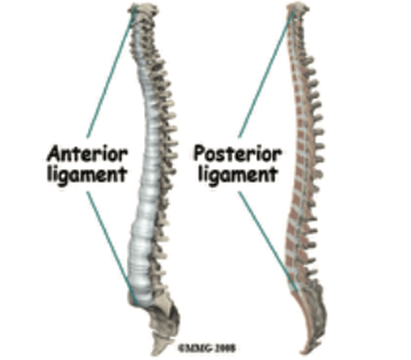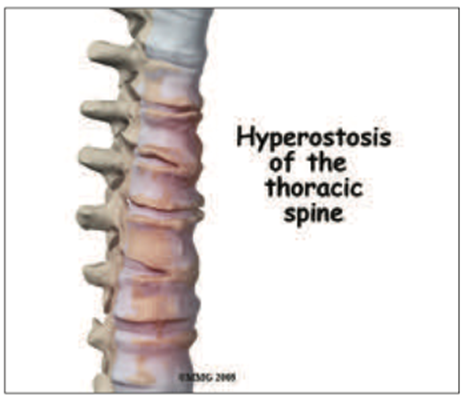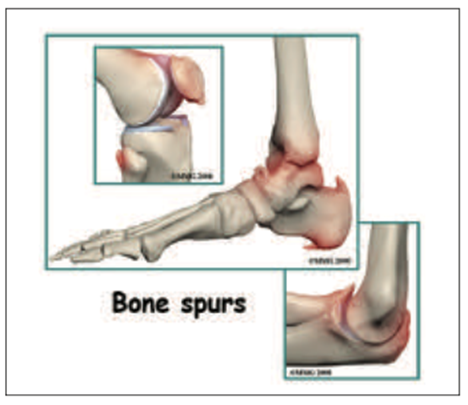Email : admin@mskdoc.co.nz | Phone : 02727 00100
Opening Hours : Mon-Friday : 10 AM – 4 PM
Email : admin@mskdoc.co.nz | Phone : 02727 00100
Opening Hours : Mon-Friday : 10 AM – 4 PM
Email : admin@mskdoc.co.nz | Phone : 02727 00100 | Opening Hours : Mon-Friday : 10 AM – 4 PM
By: Dr Zaid Matti
Musculoskeletal Medicine Specialist
MBChB, PgDipMSM Otago, PgDipSurgAnat Otago
This blog aims to shed light on this condition, its symptoms, diagnosis, and available treatments.

DISH is characterized by the calcification or hardening of ligaments, particularly along the anterior longitudinal ligament of the spine. This ligament calcification leads to the development of bone-like structures, which can limit movement and cause stiffness.
DISH typically affects individuals aged between 50 and 60 and is more prevalent in men. Although the exact cause remains unknown, studies suggest a connection with metabolic conditions such as diabetes and obesity.
• Morning stiffness or stiffness after prolonged inactivity.
• Reduced range of motion, particularly in side-bending movements.
• Pain, usually localized to the thoracic (mid-back) region, although other areas of the spine can also be affected.
• Symptoms resembling tendonitis at joints beyond the spine, including the heels, ankles, hips, knees, shoulders, elbows, and hands, due to abnormal bone growth at tendon attachment points.
• Rarely, if the cervical spine is involved, individuals might experience difficulty swallowing or breathing, and even hoarseness, due to bone growth exerting pressure on the esophagus.



Diagnosis generally involves:
• Detailed medical history and physical examination by a physician, assessing symptoms, activity levels, and range of motion.
• Imaging studies like X-rays, which typically reveal abnormal bone formation along the spinal ligaments. Confirmation requires identifying bone growth in three or more consecutive vertebrae.
• MRI or CT scans may also be employed, particularly if neurological symptoms are present.
While there is no cure for DISH, symptoms can be effectively managed through several strategies:
Medication
• Nonsteroidal anti-inflammatory drugs (NSAIDs) for reducing inflammation and pain.
• Acetaminophen for mild to moderate pain management.
• Corticosteroid injections may help control inflammation in severe cases.
Physical therapy plays a crucial role by:
• Improving spinal mobility.
• Delaying the progression of stiffness.
• Enhancing overall functional capacity and quality of life.
Surgery is generally reserved for severe cases involving significant pressure on nerves or the spinal cord, or when bone growth in the cervical region interferes with swallowing or breathing.
Regular physical therapy and consistent exercise play critical roles in managing DISH, helping maintain flexibility and strength. With proper management, most individuals can maintain an active lifestyle and effectively control their symptoms.
Understanding and early recognition of DISH are essential for effective management and preventing potential complications. If you or someone you know is experiencing symptoms consistent with DISH, consult with a healthcare professional to discuss appropriate diagnostic and treatment options tailored to your needs.